Santa Claus is dead. The bones of Santa Claus are buried in Bari and Venice.
It is fairly common knowledge that Santa Claus is actually the ancient Greek bishop and saint St Nicholas of Myra in modern day Turkey. For the Dutch he became Sinterklaas, and they brought him to North America where he became Santa Claus.
Not only the cult of St Nicholas has been on quite a journey, but so have his bones.
St Nicholas lived in Myra on the southern coast of Anatolia (approx. 230-343 CE) and was buried on an island in the vicinity. When Muslim pirates later started raiding the island, the citizens moved his bones to the main cathedral in Myra itself.
After the battle of Manzikert in 1071 where the Seljuk Turks defeated the Byzantine forces, Muslim rulers took control of the city of Myra for a while. As Muslims would often destroy Christian relicts the safety of the remains of St Nicholas was no longer certain.
The city of Bari took advantage of this. In 1087 they made a raid of the city of Myra, entered the church and ran off with all the larger pieces of bone.
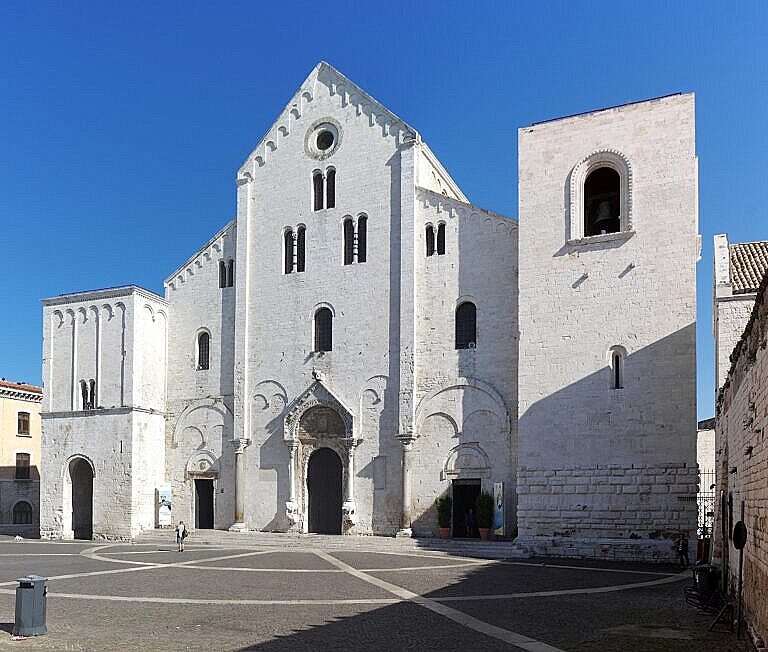
They built a large church for the cult of St Nicholas, and made him their patron saint. He is still the protector of Bari.
During the first crusade a Venetian ship anchored at Myra. Rumours that there was still an active cult of St Nicholas there led the Venetians to the cathedral. The main altar was empty, but in a side chapel the Venetians recovered a quantity of smaller bone fragments that they seized and tool to Venice.
The church of San Nicolò on the Lido became the final resting place for this part of the bones of St Nicholas.
Two burial sites
Both Bari and Venice claim St Nicholas.
In 1953, and again in 1957, professor of anatomy Luigi Martino examined the bones kept in Bari. The bones are a bit more than half the skeleton: the skull, most leg bones, a bit of the pelvis, parts of the arms, spinal cord and a few ribs.
The bones are from an elderly man, about of 157cm of height.
The other part of the story was verified in 1992, when the same Prof. Martino examined the bones in Venice. They were all small fragments, but they were complementary to the bones in Bari.
It is therefore quite likely that the bones are from the same person.
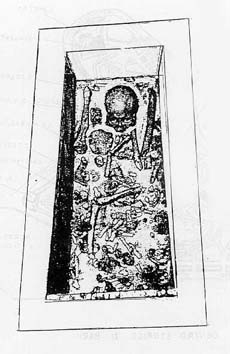

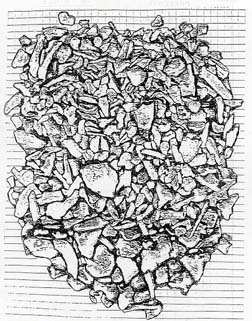

The movement of relics
What has happened to St Nicholas is by no means unique.
In Venice there are relics of numerous saints that have little to do with the city, like St Lucy (Sicilian, relics taken from Constantinople), St Cristina (likewise from Constantinople) and St Mark himself (taken from Alexandria in Egypt).
The most common reason for the movement of the relics is theft, often disguised by a concern about the safety of the relics.

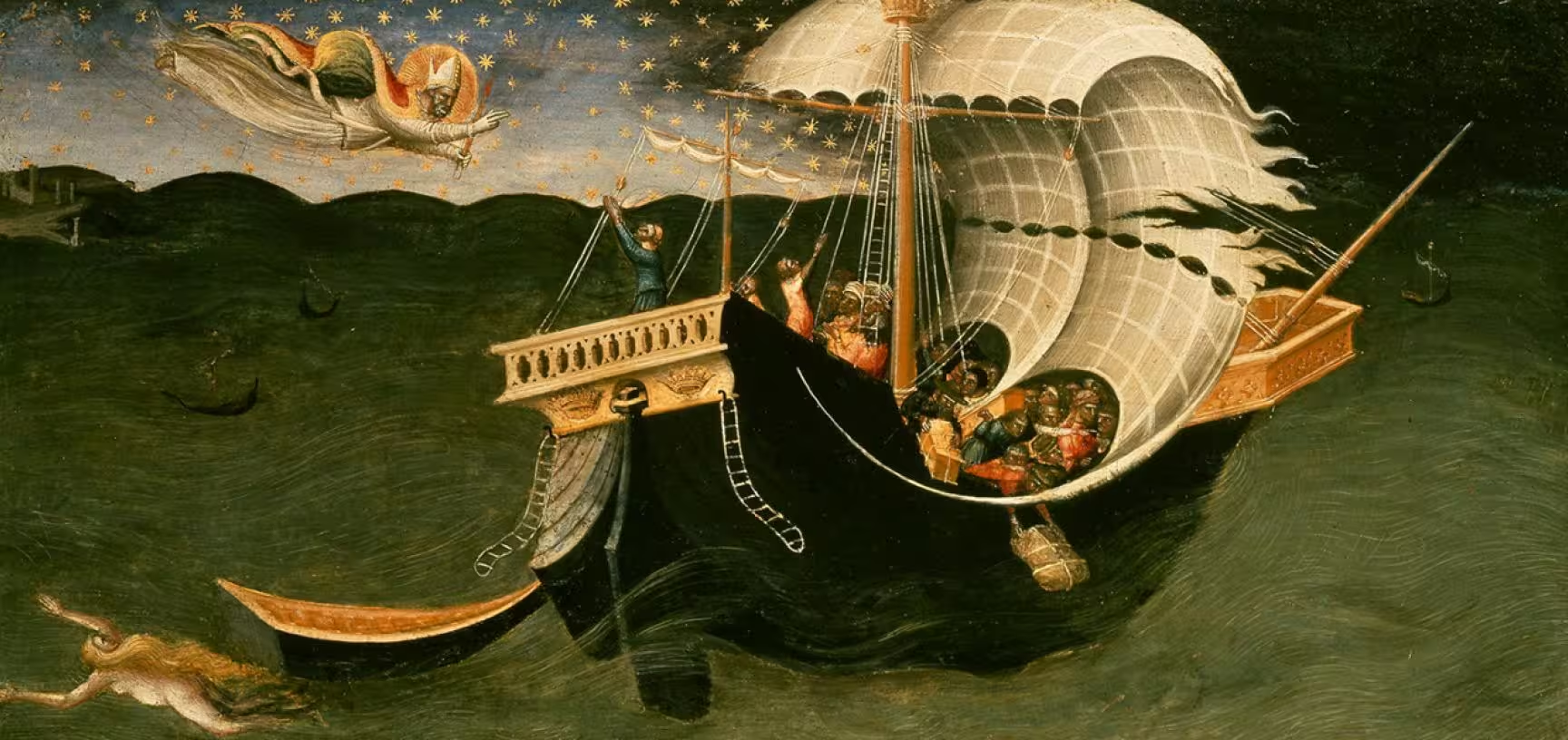
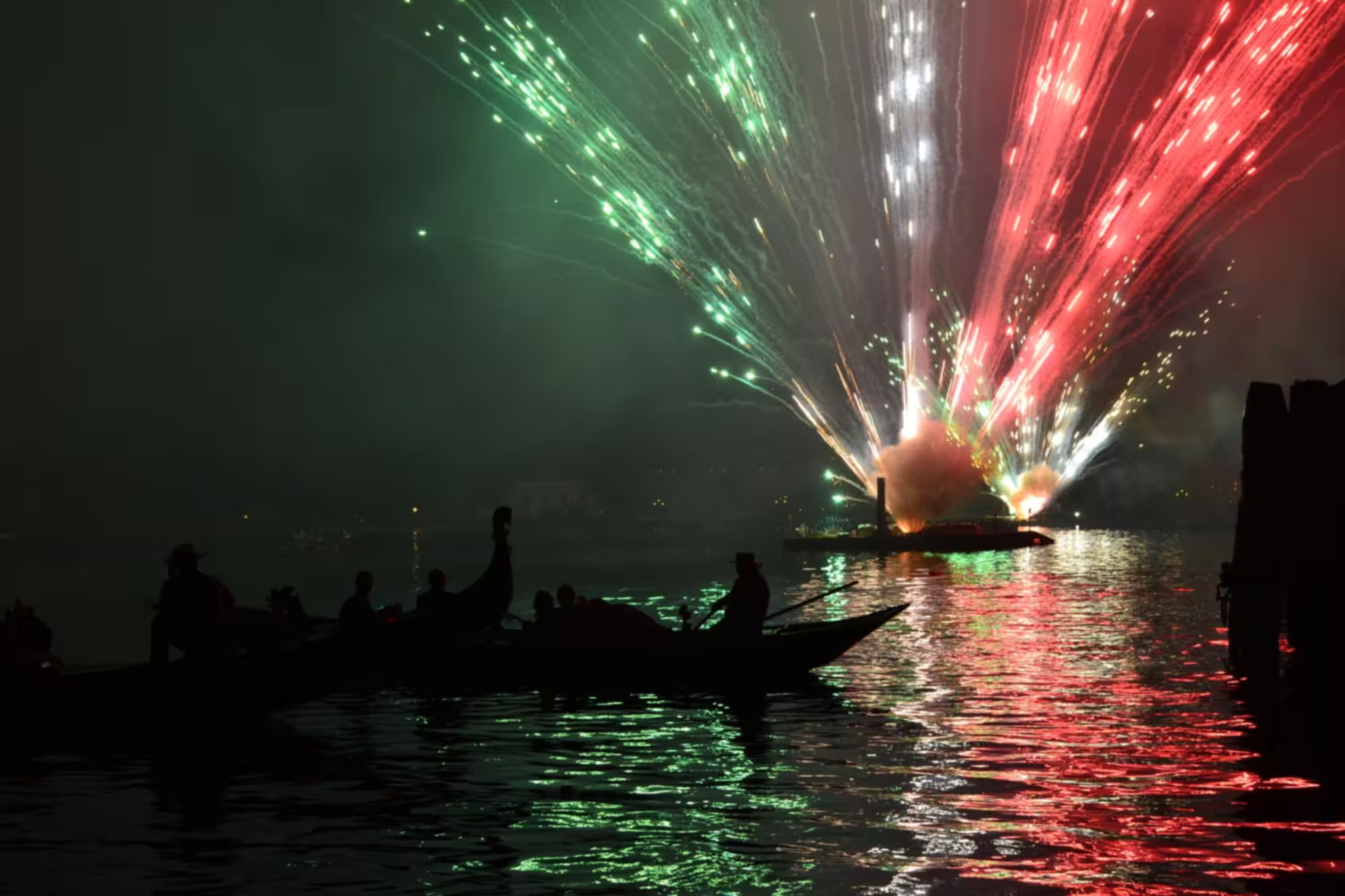
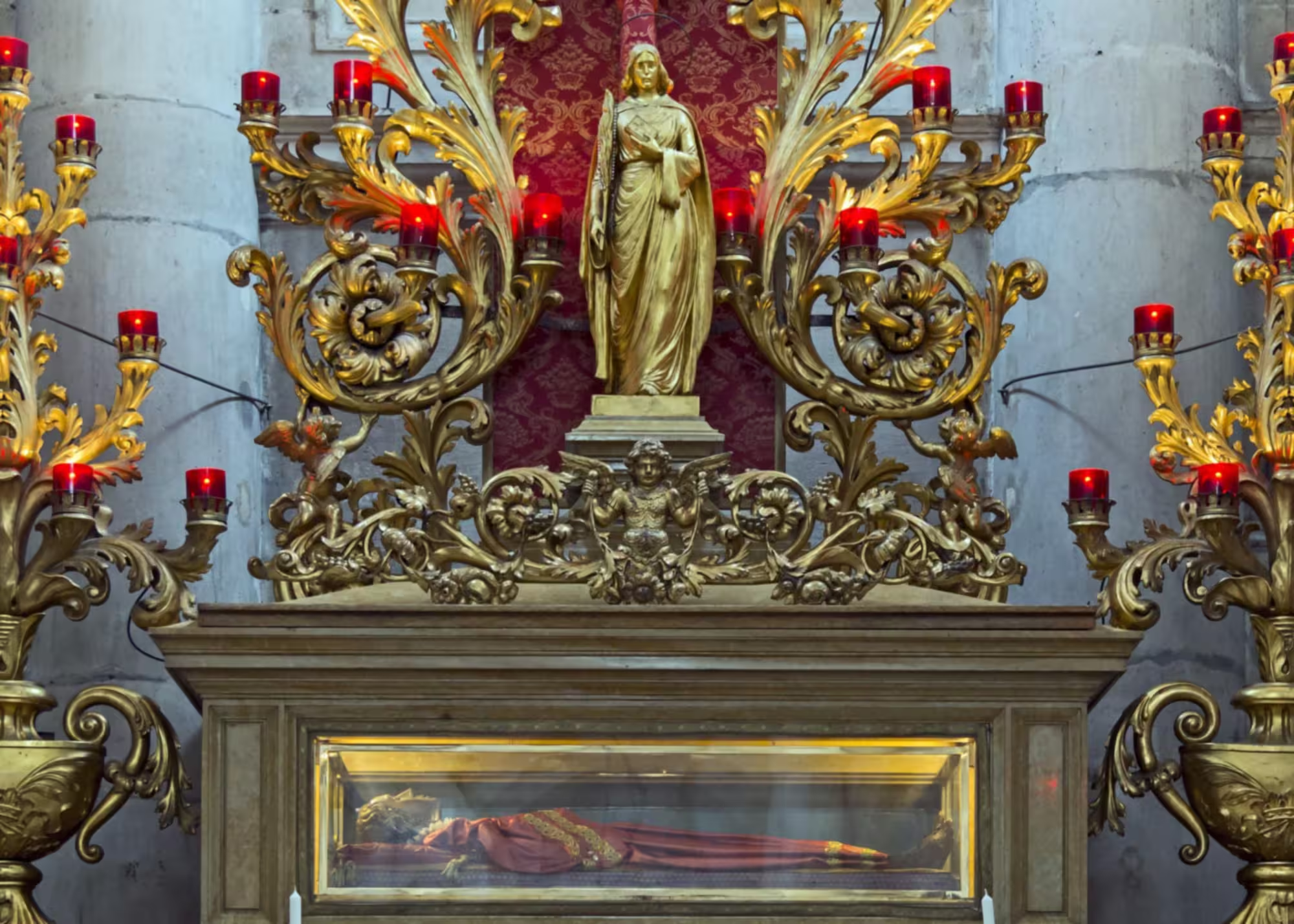
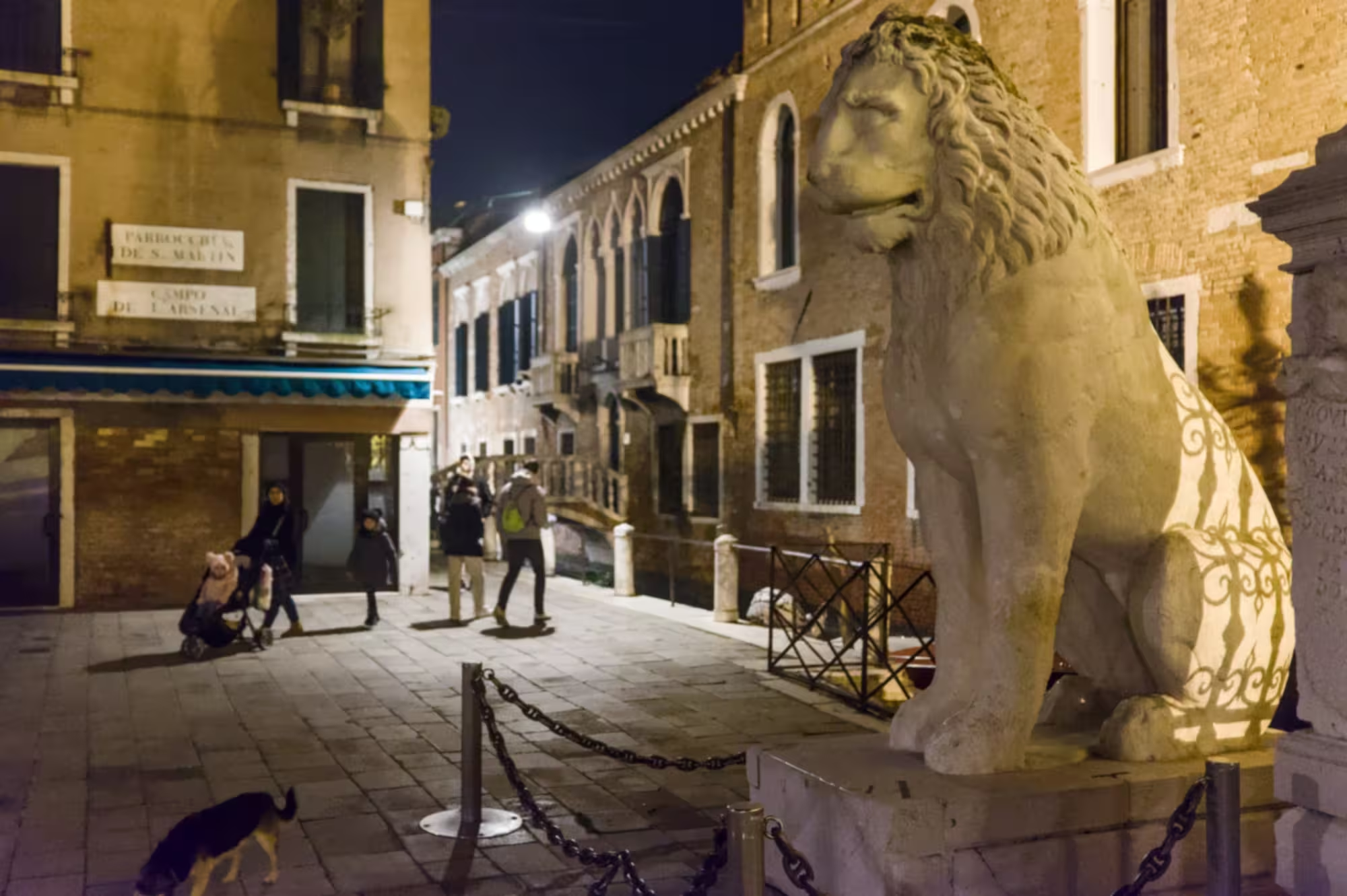
Leave a Reply